Technically, they are equity securities, but they share many characteristics with debt instruments. Cumulative Preferred Stock has lower yields, limited voting rights, and is subject to interest rate risk. The priority in asset distribution, especially during liquidation, enhances its appeal, appealing to risk-conscious investors. While this provides flexibility to the company, it introduces an element of uncertainty for investors, as their investment could be redeemed earlier than expected. Convertible preferred stock adds another layer of flexibility to the investment. Their dividends come from the company’s after-tax profits and are taxable to the shareholder (unless held in a tax-advantaged account).
This fixed nature of dividends ensures predictability and offers investors a sense of security in terms of income generation. However, it’s important to note that dividends on preferred stock are not guaranteed and can be affected by the financial health of the issuing company. The hybrid nature of preferred stock makes it a more attractive investment to certain investors. Preferred stock can have its place in a well-diversified portfolio, but investors should be aware of its downsides. This asset class is sensitive to interest rate fluctuations and offers limited upside potential but offers above-average payouts as a notable positive.
Ask a Financial Professional Any Question
In contrast, holders of the cumulative preferred stock shares will receive all dividend payments in arrears before preferred stockholders receive a payment. Essentially, average accounts receivable formula the common stockholders have to wait until all cumulative preferred dividends are paid up before they get any dividend payments again. For this reason, cumulative preferred shares often have a lower payment rate than the slightly riskier non-cumulative preferred shares.
- She has worked in multiple cities covering breaking news, politics, education, and more.
- Cumulative shares require that any unpaid dividends must be paid to preferred shareholders before any dividends can be paid to common shareholders.
- Due to this lower cost of capital, most companies’ preferred stock offerings are issued with the cumulative feature.
- The dividend is paid to shareholders before any dividends are paid to common stockholders.
- CPS pays a fixed dividend rate to shareholders, which is usually higher than the dividend rate paid on common stock but lower than the interest rate paid on bonds.
Why You Can Trust Finance Strategists
The fixed dividend rate is usually expressed as a percentage of the stock’s par value, and it remains constant throughout the life of the stock. The companies issuing shares of preferred stock can also realize some advantages. Within the spectrum of financial instruments, preferred stocks (or “preferreds”) occupy a unique place. Because of their characteristics, they straddle the line between stocks and bonds. Cumulative Preferred Stock offers a stable income stream, priority in liquidation, and potential for capital appreciation.
Do you own a business?
This dividend is paid out at set intervals, usually quarterly, to preferred holders. Bond proceeds are considered to be a liability, while preferred stock proceeds are counted as an asset. When interest rates rise, the fixed dividend rates offered by preferred stock may become less attractive in comparison to other investment options that provide higher yields. Cumulative preferred stock guarantees that if the company temporarily suspends dividend payments, the unpaid dividends accumulate and must be paid before dividends can be distributed 5 differences between tangible and intangible assets to common shareholders. Unlike common stock, where dividend payouts can fluctuate based on the company’s performance, preferred stockholders receive dividends at a predetermined rate. The seniority of preferreds applies to both the distribution of corporate earnings (as dividends) and the liquidation of proceeds in case of bankruptcy.
The business in the 5th year was great, so the management declared a dividend to its shareholders. However, the company will have to pay $80 to the cumulative preferred stockholders first, and then they are allowed to distribute the dividends to the common shareholders. Convertible preferred stock includes an option that allows shareholders to convert their preferred shares into a set number of common shares, generally any time after a pre-established date. Under normal circumstances, convertible preferred shares are exchanged in this way at the shareholder’s request.
Limited Voting Rights
If the company has a particularly lucrative year and meets a predetermined profit target, holders of participatory shares receive dividend payments above the normal fixed rate. Preference shares, also called preferred stock, are so-named because preferred shareholders have a higher claim on the issuing company’s assets than common shareholders. In the most extreme case, this means that preferred shareholders must be paid for their interest in the company before common shareholders in the event of company bankruptcy and liquidation. Preferreds have fixed dividends and, although they are never guaranteed, the issuer has a greater obligation to pay them. Common stock dividends, if they exist at all, are paid after the company’s obligations to all preferred stockholders have been satisfied. Like bonds, preferred stocks are rated by the major credit rating companies, such as Standard & Poor’s and Moody’s.
Preferred stock shareholders also typically do not hold any voting rights, but common shareholders usually do. Preferreds are issued with a fixed par value and pay dividends based on a percentage of that par, usually at a fixed rate. Just like bonds, which also make fixed payments, the market value of preferred shares is sensitive to changes in interest rates. However, the relative move of preferred yields is usually less dramatic than that of bonds.


